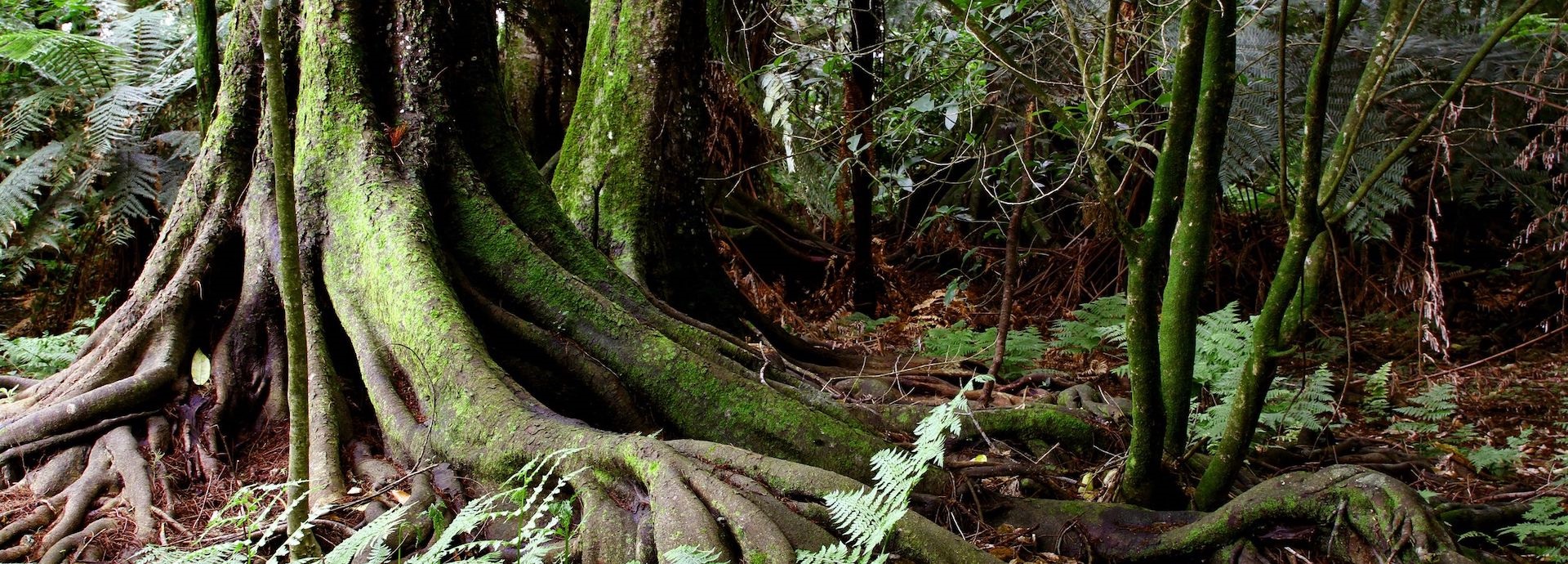

For hundreds of years, engineering and design has been dependent on our ability to harness and tame nature. While this has worked up to a point, climate change is now showing us that we are limited in what we can control.
For a growing number of architects, designers, engineers, and inventors, biomimicry – the practice of learning from and mimicking strategies used by living species to create sustainable products and systems – is the start of an overdue paradigm shift.
One prominent example in the marine environment has been copying the scaly skin pattern of sharks to prevent biofouling – the process of algae, barnacles and other organic material building up on ship hulls and increasing drag. Modern hull paints have been found to be effective against biofouling, but these paints also emit toxic substances, making mimicking shark skin an environmentally friendly option that has been adopted by the US Naval fleet.
Learning to learn from nature
“Human engineers have only been working for a few hundred years,” says Elaine Dewar, the vice-president of WhalePower, a company that licenses design for energy-efficient fans. “Nature's been working for billions of years and has come up with solutions that are much sharper and more useful than our engineering capacities have managed.”
WhalePower’s president is Frank Fish, a biologist interested in how animals move through fluids. He was browsing in a gift shop when he noticed a sculpture of a humpback whale with small bumps – tubercles – on the leading edge of its pectoral flipper. Based on the current understanding of fluid dynamics, he assumed this must have been a mistake. However, upon further research, he discovered it was not.
“The advantage of tubercles to the whale – and apparently to many kinds of rotating devices – is a much more efficient flow,” says Dewar. “To create lift while minimising the drag penalty.”
The advantage of tubercles to the whale – and apparently to many kinds of rotating devices – is a much more efficient flow.
These tubercles provide the 30-tonne whales with more agility while feeding. WhalePower has mimicked how the tubercles work for a few projects, including high volume low-speed fans that move 25% more air while using 20% less power. The company also retrofitted a wind turbine to generate 10% more power on an annual basis, but still has not found a partner with whom to manufacture them.
Dewar says solutions based on biomimicry face plenty of challenges before they are more widely adopted and implemented.
“For the first five or six years of the company's existence, the big problem was convincing engineers to even look at this,” says Dewar.
She adds that widespread adoption of these solutions based on biomimicry will have a long timeframe, partly due to the complications surrounding intellectual property rights and patents.
“It's a challenge of any innovative device,” she says. “You have to convince people that the costs they are going to carry for licensing are going to be far outweighed by whatever efficiencies are created.”
Long-term sustainability, not just quick fixes
Thibaut Houette, a Ph.D. candidate at the University of Akron Biomimicry Research and Innovation Center in Ohio, agrees that the widespread adoption of biomimicry has a long-term horizon and should not be seen as just a quick fix.
“In biomimicry, you really study the organism to see how it does things,” he says. “While biomimicry may be relevant in the short-term, engineers and designers seek to deeply understand the organisms’ strategies.”
We’re looking at how a root system performs different functions.
Houette is currently working with Elena Stachew, a Biomimicry Ph.D. Fellow, on how civil infrastructure may be modeled after tree roots to prevent erosion and help restore degraded coastal landscapes.
“We’re looking at how a root system performs different functions,” says Houette. Like the role roots play for a tree, he believes mimicking root structures in construction could facilitate the transfer of resources, heat, or water.
Biomimicry is more than simply copying form to achieve function. It also requires using sustainable materials and processes to achieve these goals, which is often more challenging.
Biomimicry as more than just design
Stachew came to the University of Akron with a background in material engineering. She is currently working with several local organisations to design root-inspired coastal structures made with organic materials to prevent erosion on Lake Earie’s industrial coastline and protect communities against storm surges.
“I am considering how to manufacture root-like systems,” says Stachew. “Through 3D printing and other advanced manufacturing techniques, we can produce large root-like systems using biocomposites, like a biodegradable polymer with an organic filler. It's similar in that it's an organic structure, but it's manufactured, and we can fine-tune the properties.”
Through 3D printing and other advanced manufacturing techniques, we can produce large root-like systems using biocomposites, like a biodegradable polymer with an organic filler.
Stachew says that manufacturing these root systems and placing them on coastlines could allow wetlands to form behind them as they naturally disintegrate.
While Stachew’s and Houette’s work shows plenty of promise for the future of sustainable development, both cautioned that understanding the biological principles and designing these products take time.
They estimated that it would take between 10 and 15 years of research before their designs could be widely implemented, echoing Dewar’s caveat about the short-term potential of biomimicry. However, both are hopeful for the future of sustainable development and see biomimicry playing a critical role.
“Biomimicry makes you think outside the box by showing you solutions that you never thought about,” says Houette. “Nature has an immense array of solutions to specific functions that we want to emulate. Instead of trying to reinvent the wheel, we can observe and analyze the natural processes all around us.


